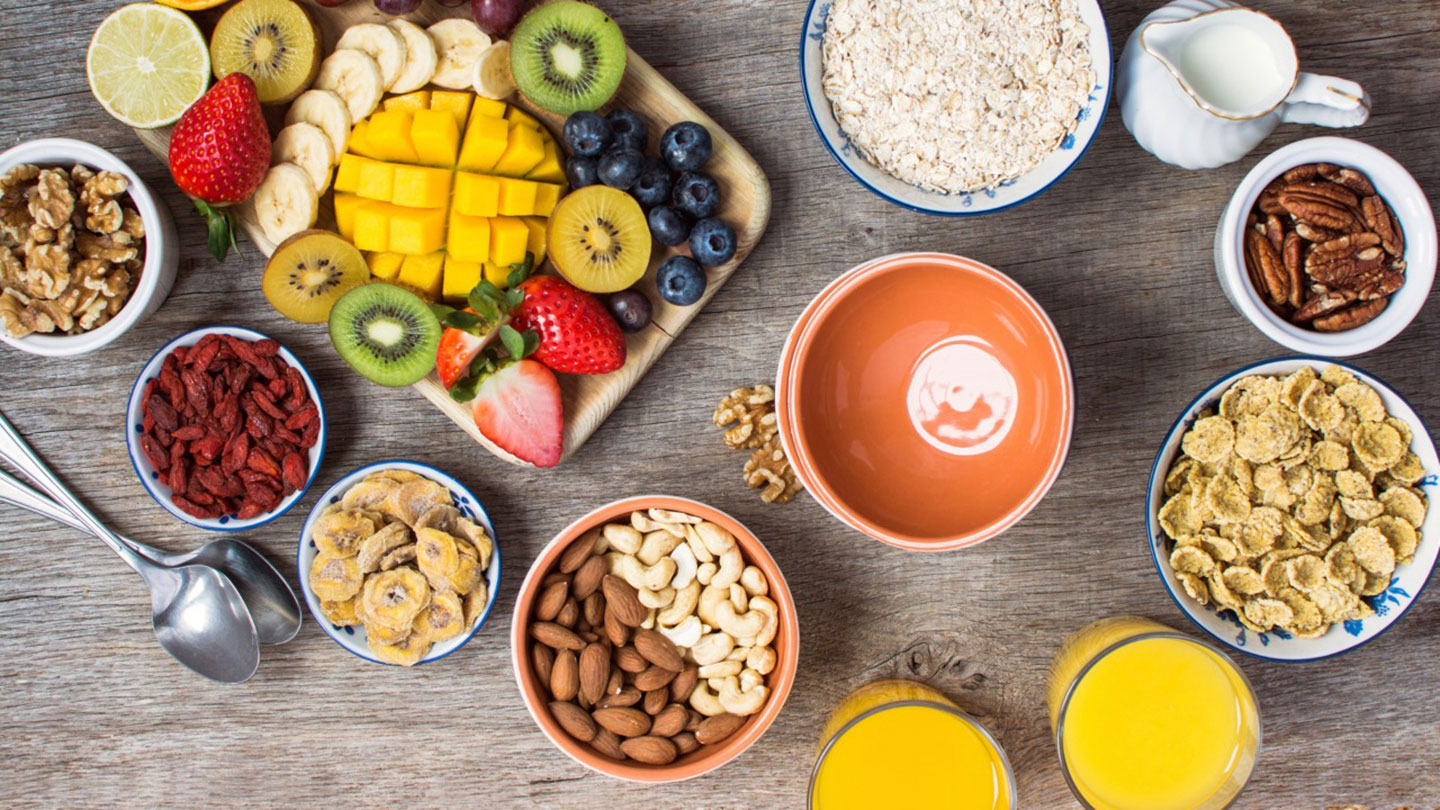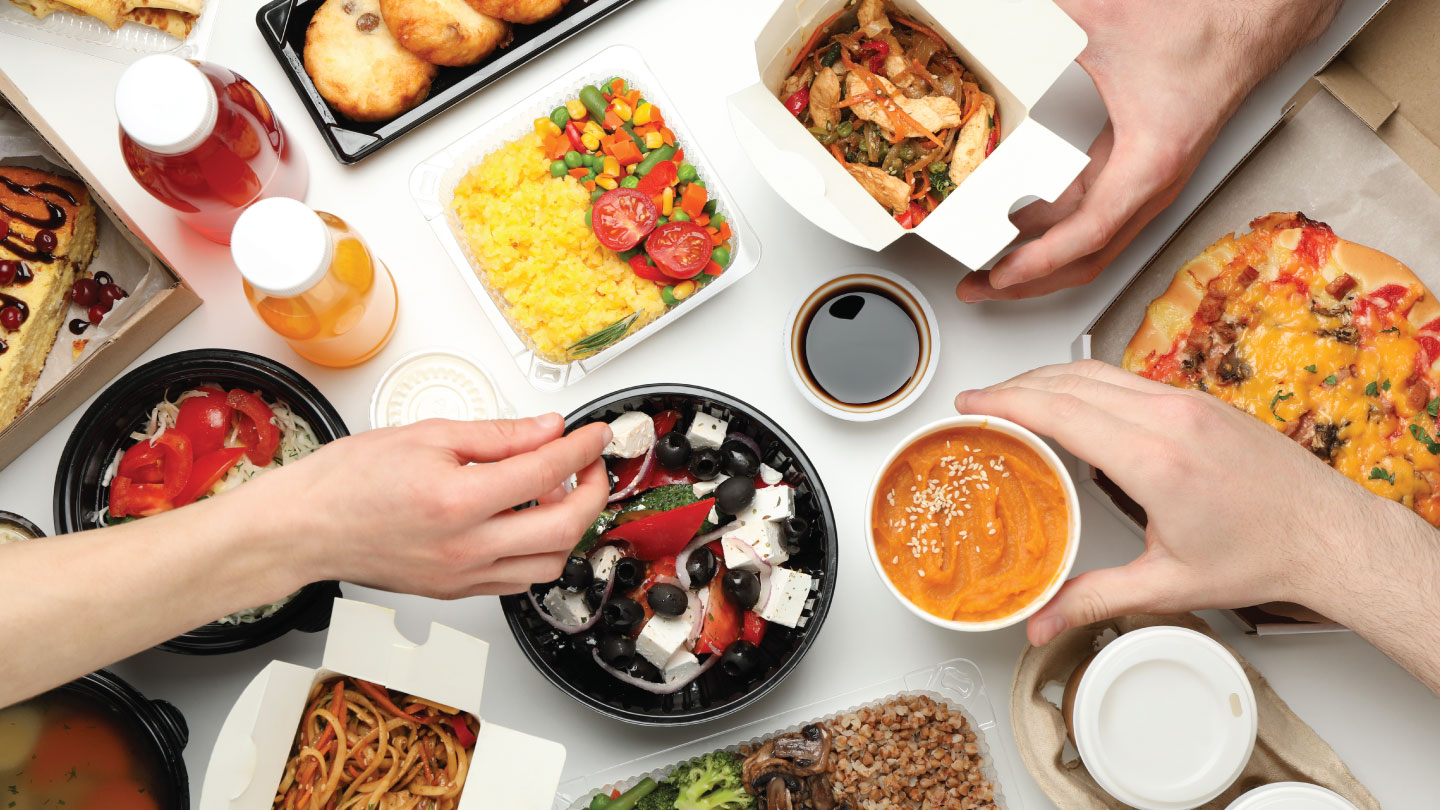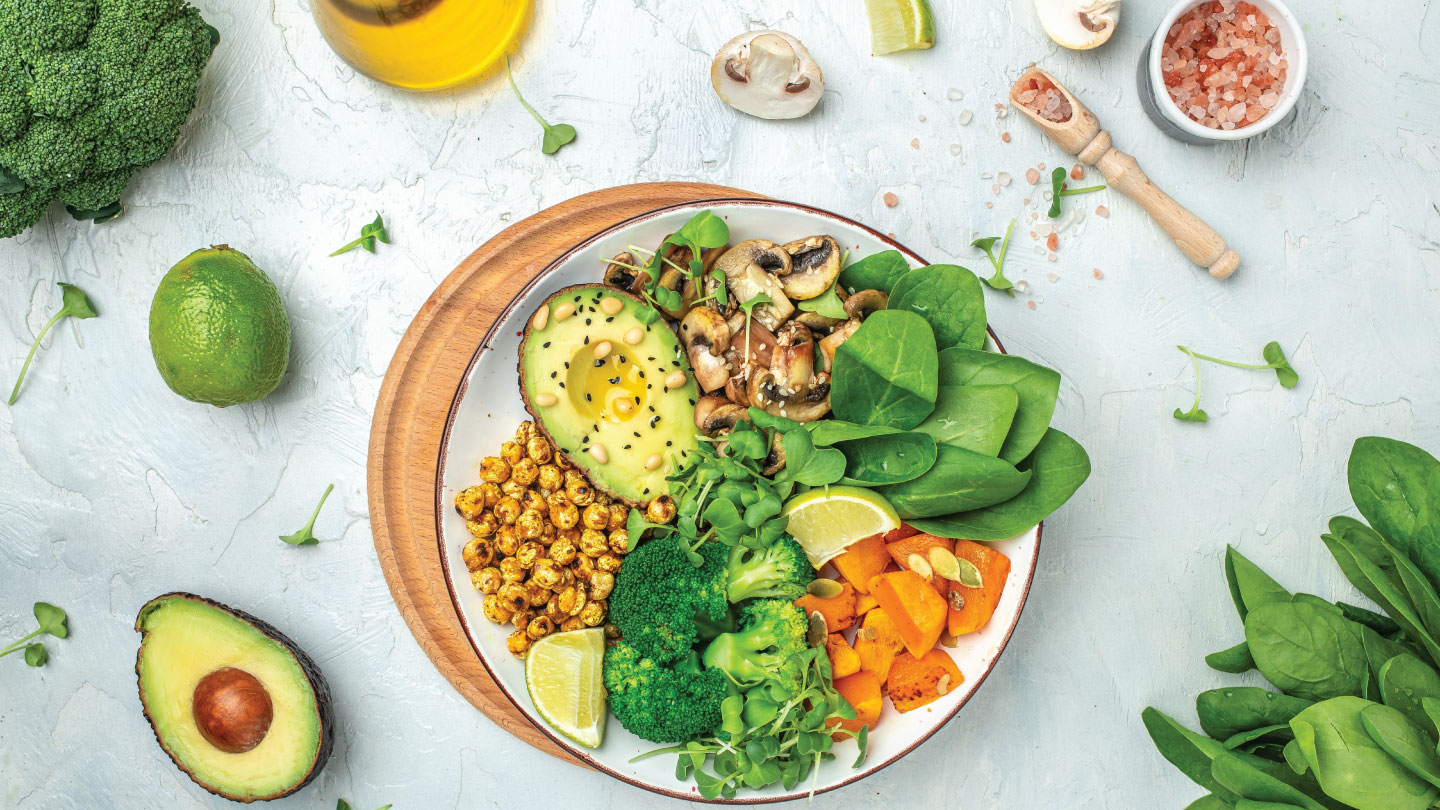Nutrition
The Truth about Diets: Going Gluten-free
Ditching gluten can ease a sensitive gut but can it help manage your weight? Read more here.

Eating gluten-free has become a fad. Celebrities like Lady Gaga and Jessica Alba are ardent followers of this diet. But is this diet effective for people other than those with celiac disease? Is it sustainable in the long run? And who can adopt this diet? Let’s break this down for you!
1. History of the Gluten-free diet
The term "coeliac" or celiac is derived from the Greek word (koiliakós - "abdominal") and was first mentioned by Greek physician Aretaeus of Cappadocia in his book in the first century.
In the 1940s, during World War II, it was Dutch pediatrician, Dr Williem-Karel Dickie’s discovery that introduced the world to the gluten-free diet.
During the war, children across Europe suffered malnutrition due to a shortage of fruits, vegetables, and wheat. Although, what surprised Dickie was that despite this lack, patients with celiac symptoms became healthier and the mortality rate dropped to zero.
But once the war ended, the mortality rate among these patients returned to its former state. Dickie realised that something was missing during the war that caused the decline of mortality in celiac patients. And it turned out to be wheat!
However, it was only in the 1970s that celiac disease came to be recognized as an autoimmune disorder rather than an allergic reaction.
2. What is gluten?
Gluten is a protein found in wheat, barley, rye, and other whole grains. This is the ingredient that gives dough elasticity and sponginess.
In a gluten-free diet, one has to give up on gluten foods including important cereals such as wheat, rye, and barley among others. Due to the risk of gluten contamination, the list also includes food with natural flavourings, sauces, soya sauce, vitamin and mineral supplements, wheat-based packaged food, beer, and even toothpaste.
3. Who should be on a gluten-free diet?
The gluten-free diet is mainly prescribed for people with celiac disease, an autoimmune disorder, and NCGD (Non-celiac Gluten disorder) sensitivity to gluten products. People with these disorders are allergic to gluten. When people with celiac disease consume gluten-rich foods, their bodies mistake gluten to be an invader and respond with an allergic reaction. This results in damage to the villi in the small intestines, making it difficult to draw nutrients from food. Some severe health problems can arise from such a state, including malnourishment, neurological diseases, elevated liver enzymes and loss of bone density and infertility—according to a study published by the Gluten-free Society, pelvic inflammatory disorders (PID) and polycystic ovarian syndrome, are the two most common causes of infertility that have been linked to gluten sensitivity in women.
According to the study titled A Gluten-Free Diet, Not an Appropriate Choice without a Medical Diagnosis, in NGCS patients, gluten can cause intestinal disruption including abdominal pain, bloating, and stool inconsistency, and extraintestinal issues such as fatigue, limb numbness and joint and muscle pain. Such people may also have to deal with neuronal implications including headache, gluten ataxia, gluten encephalopathy, and gluten neuropathy.
Gluten contains a protein called zonulin, which is known to trigger leaky-gut syndrome. This happens when gaps are created in the passages between the intestinal cells. It’s dangerous because larger molecules from the tract may flow into the bloodstream running the risk of inflammation.
4. What makes this diet popular?
The gluten-free diet has gained popularity owing to claims of weight loss, a healthier lifestyle, management of cardiovascular diseases, and chronic pain.
“People feel that on a gluten-free diet, they will probably be able to lose some amount of weight. But there is no proven research that says a gluten-free diet will give you weight loss. There is no evidence-based research,” says Dr Kajal Pandya Yeptho, Chief Dietician, Indraprastha Apollo Hospitals, New Delhi.
“Once you’re not taking any kind of grains and you’re probably taking other kinds of millets, your protein and fibre intake increases. It’s not only about a gluten-free diet. If you may be on a rice-based diet (not gluten-rich), then you’re surely not going to lose weight. But if you’re including other kinds of millets in your diet, like high-fibre cereals and other food varieties such as fruits, vegetables, and whole pulses, probably, that could be one of the factors helping you to lose weight,” says Yeptho. A gluten-free diet consists of low carbohydrate varieties, i.e., sooji, maida, etc. So, it automatically becomes a high-fibre diet.
Plus, there would be other cereals like millets—bajra, ragi, and jowar. These are all very good; high in nutrition, protein, vitamins, and all kinds of minerals, and good quality carbohydrates. So, whenever you ingest that type of food plus you take fruits, vegetables, and proteins, which are having fibre, especially the Indian vegetarian food, it will help you reduce the risk of cardiovascular health and elevated blood sugar.
But otherwise, a gluten-free diet is only for celiac patients. There we do not compromise on anything else, except for gluten which is available from different kinds of sources.
5. Who is it not suitable for?
According to a study presented at the UEG Week 2016, scientists discovered that a protein called amylase-trypsin inhibitors (ATIs) in wheat causes inflammation in the tissues beyond the gut. This includes the lymph nodes, kidney, brain and spleen. It has been proved that ATIs can worsen symptoms such as inflammatory bowel disease, rheumatoid arthritis, multiple sclerosis and asthma.
Unlike gluten which causes inflammation in the gut, ATI’s extend to several parts outside the gut and can cause immune-related chronic health issues. ATI’s make up less than 4% of wheat proteins.
According to a 2019 study published in the Journal of Nutrition and Metabolism, the gluten-free diet can result in nutritional deficiencies of macronutrients and micronutrients. A comparison between gluten-free foods and wheat-based foods shows that the former causes a deficiency in vitamins such as B12, folate, and vitamin D, minerals such as iron, calcium, magnesium and zinc, and a significant reduction in fibre.
This happens because you are omitting a lot of cereals from your diet. And then you are only consuming fruits and vegetables, pulses, and non-vegetarian foods. Slowly you cut down on all your grains because wheat and wheat fibres have gluten. You cut down on rice because you feel rice has no fibre in it. And then you come down to only corn, bajra, ragi, and other non-gluten options. So, ultimately a person’s diet becomes a low carb diet, and more of a gluten-free diet. So there is going to be a deficiency in vitamins.
“The gluten-free diet is not a permanent diet. Even if a person has to live on a gluten-free diet, they have to be good label readers, they can’t eat at anybody’s house or can’t go to a party. It’s difficult. Is everybody going to stay on such a diet?” says Yeptho.
EXPLORE MORE
From fibre and protein to gut health and mindful meals, these are the healthy eating lessons that stood out in 2025!
Bloating isn’t just about overeating or bad food choices. According to expert nutritionist Dr Lakshmi Kilaru, it’s often the result of multiple factors. Keep reading to know more.
If you’re on a GLP-1, your diet can make or break your health journey. Here’s your guide to avoid common pitfalls.
Bright, tangy, and naturally refreshing, this orange chutney offers a burst of citrusy sweetness with a gentle hint of spice. It’s the perfect accompaniment to elevate daily meals with freshness and depth.







.jpg)

.jpg)
